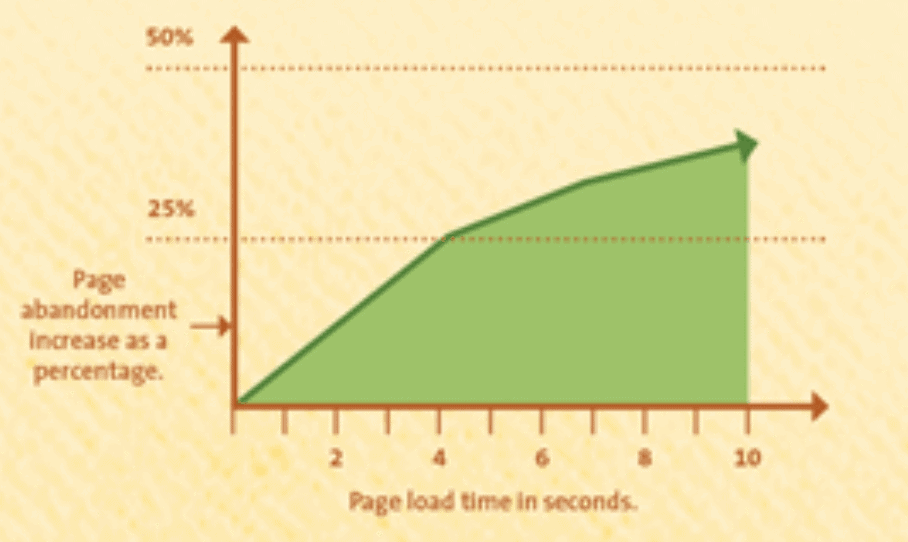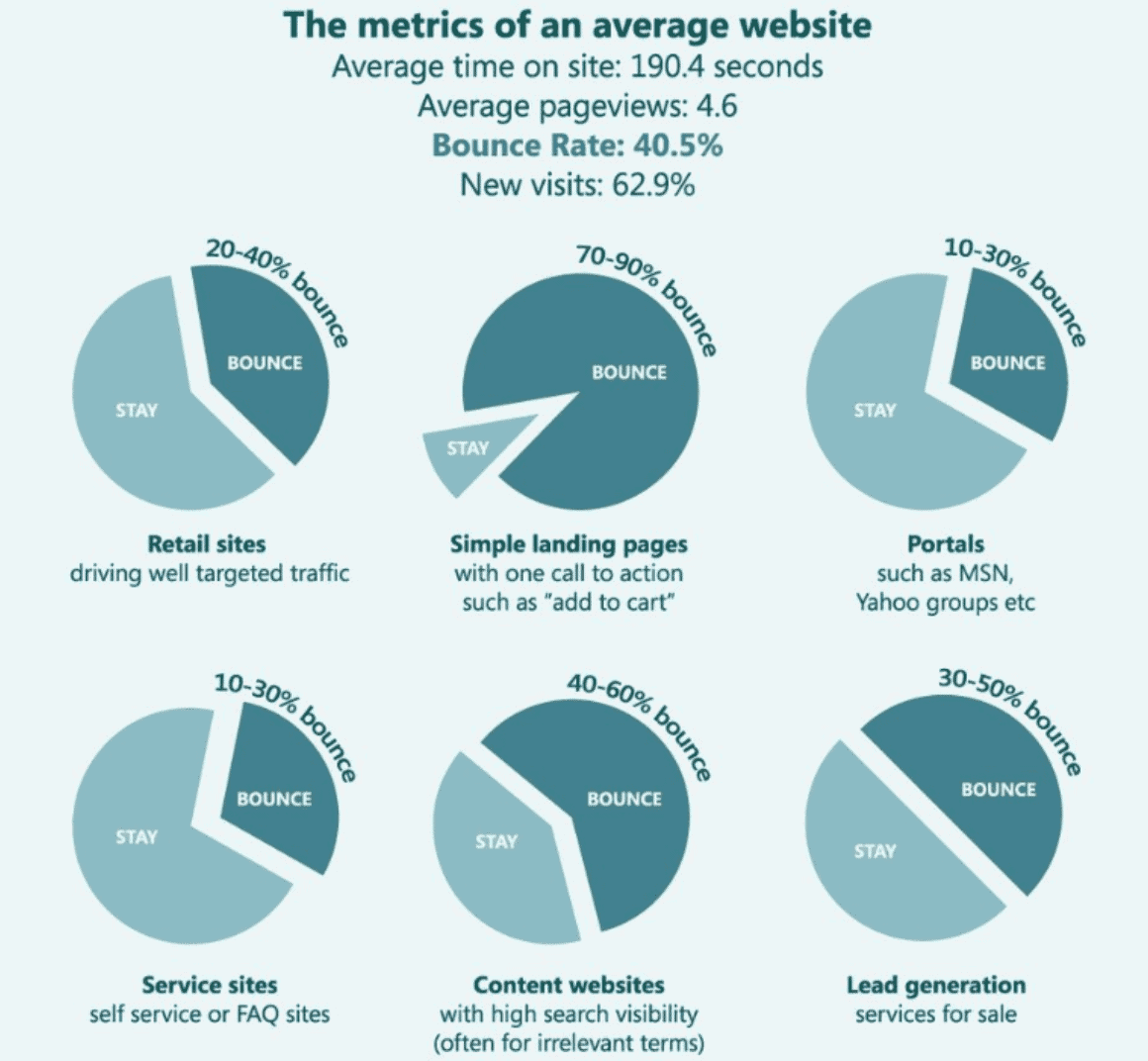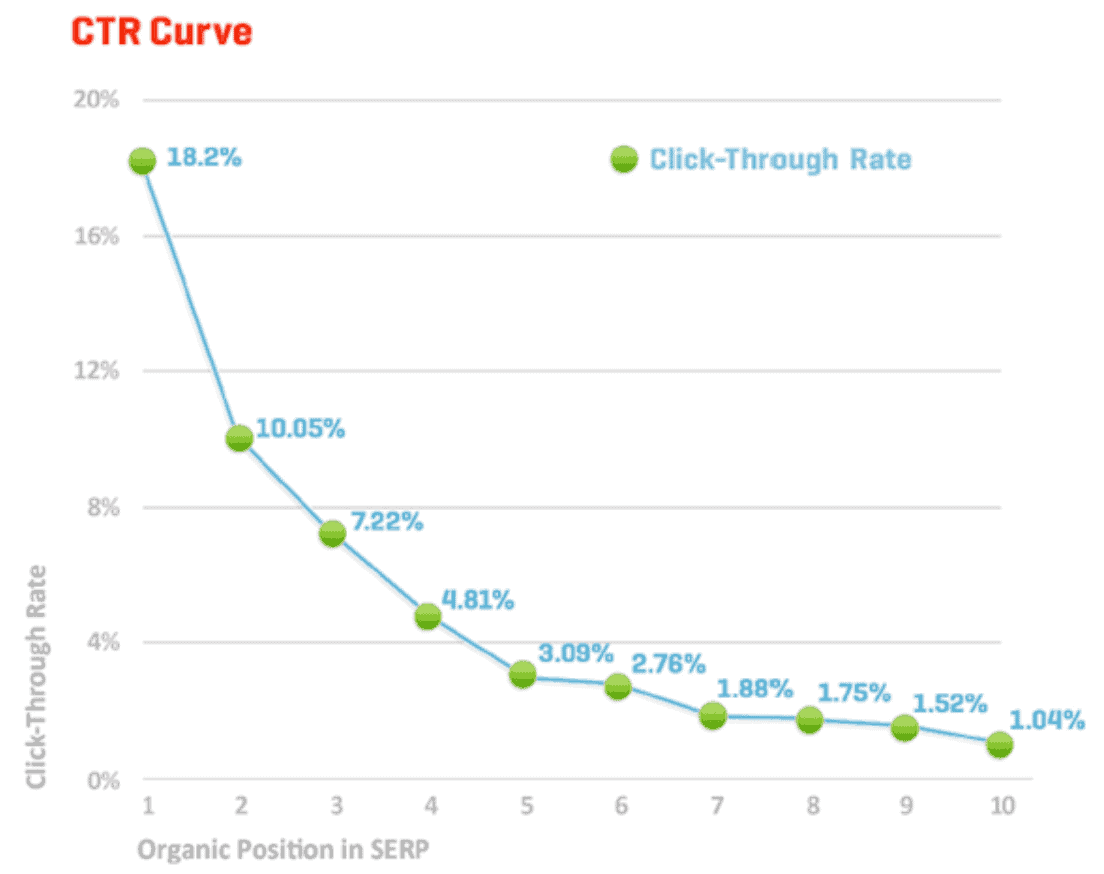
Content Strategy 101: Breathe Life Back Into Old Content


Novels. Rum cake. Clay teapots. A good Scotch. Your favorite pair of jeans. What do each of these things have in common? They all seem to get better as they age. Notice that one element was conspicuously missing from that list: your web content. Its shelf life can vary; it can remain relevant for years or be obsolete in as little as a few days. Yet if you’re having to ask yourself the question of whether the material that makes up your content strategy continues to be effective, you may already have the answer.
Catch the Vision of Content Strategy 101
Try this simple exercise: Sit down for a moment and think of the advice you’d give to your younger self if a wormhole suddenly appeared that would allow you to go back to the very day you embarked on your journey into content marketing. Write it down. Now, review the list. Odds are your list contains at least one (perhaps several) of the following words:
- Retain
- Manage
- Improve
- Grow
The slightly alarming sensation you’re feeling at us having guessed correctly is simply the confirmation that your subconscious understands the need to not let your online content linger in obscurity and obsolescence. Now you’re just waiting for your conscious self to catch up.
If that’s not happening at the pace it needs to, then a quick trip to your website might just do the trick. Just focus on how long it takes to load. Why should this concern you? Consider the following chart, from Neil Patel:

You’re willing to wait for your site to load, but are your customers? And before you start blaming your bandwidth for this issue, just open your mind to the potential that it could be something else.
Recognize What Your Site’s Performance May Say About Your Content Strategy
If you haven’t taken an inventory of your site’s content since just after iPhones were introduced, then there’s a strong possibility that your site’s slow load time is simply due to you having too much content within it. This reaffirms the need to consistently revisit your content on a frequent basis.
Another element to look at if you’re still sitting on the fence regarding the need to frequently refresh your site’s content is your bounce rate. This is a measurement of how many users come on to your site yet navigate away without visiting a second page. It’s tracked by Google Analytics, so you can get that information and then compare it to the standards of other sites operating in your space.

(Infographic from https://www.granite5.com/insights/14-reasons-why-you-need-to-update-your-website/)
Be careful not to fall into the trap of thinking that other factors are at play in a user’s decision to not step past your site’s front page. Those who promote this argument point to statistics such as those offered by Parqa, which show that users only spend an average of 5.59 seconds looking at a site’s written content. Saying that this undermines the argument for refreshing content is taking the figure completely out of context.
Any content marketing agency rep worth their proverbial salt will tell you that you have only a few seconds to hook a visitor to your site. While graphics, images and videos certainly do play a role in piquing the interest of one looking for a reason to remain on your site, it would seem almost impossible to overlook the role your written content plays on landing their long-term interest (indeed, Meltwater.com reports that roughly 80 percent of B2B buyers prefer to be informed through articles rather than ads). With this in mind, looking at that same statistic again suddenly flips the perspective and shows exactly why having new relevant content is so important.
Understand the Benefits of Rehashing Content
Enough of hitting you over the head with why rehashing content for the sake of bounce rate is important. Let’s talk about the other benefits to your content strategy that doing so brings. First a story: SearchEngineJournal.com reports that decisionmakers at Vox decided to put the claims of the benefits of refreshing content to the test. They instructed their content writers to revise 88 of their current articles over a period of five days. The results? The updated content earned over 500,000 additional page views.
This shouldn’t be surprising due to one simple fact: the fluidity of search engine optimization. You know just how important winning at the organic search game truly is. Just look at the click-through success rates that studies conducted by Slingshot reveal:

What exactly does this translate to in terms of conversion success? Chitka reports that the top-ranked content on SERPs captures a mind-blowing 32.5 percent of web traffic share.
Staying on top of the SERPs requires agile thinking; you’ve got to constantly be matching the ever-changing trends of your customers. To do that requires a lot of work; in fact, information shared by eMarketer shows that 60 percent of content marketing professionals report having to create at least one piece of content each day.
Finding success with your SEO and content strategy, however, has always been about working smarter, not necessarily harder. That’s where refreshing your content presents such a unique opportunity. Rather than immediately defaulting to trying to write or buy articles, consider that what may have worked for you before might be able to work again; it might simply require a few updates to become more targeted to your current audience.
Use These Key Tips When Refreshing Your Content
With that in mind, let’s consider a few simple strategies to help you in rehashing your content:
1. Utilize the Resources Available to You
Google Analytics and other data management applications offer you unprecedented access to content performance information. If you’re not already familiar with these tools, get into them and play around. They’re remarkably intuitive and provide you with plenty of actionable information to assist in developing your content management strategy.
As an example, Google Analytics allows you to see which of your keywords and phrases perform the best at generating web traffic to your site (segmented by demographic and even geographic region). Use this information to focus your content renovation efforts on those elements that have proven to be the most effective in the past. That just may be your quickest way to draw in new visitors through refreshed content.
2. Combine Old Resources With New
Your site is likely full of related content resources whose interconnectedness is being underutilized. An audit of your existing content will likely identify articles that can be renewed and improved, as well as opportunities to link to different resources within your site. This not only helps to improve your search engine ranking, but also contributes to improved navigation (and a better overall user experience). First, though, you have to decide which posts to put some work into.
How to Decide Which Posts to Update
Using Google Analytics, you can find old bog posts with both low and high page views. One strategy is to pick articles that have already gained traction and then build off the momentum. If your blog post is getting some decent traffic and starting to rank for certain keywords, optimize that blog post further. A second strategy is to find the under-performing posts that are core to your business and reworking them to help get additional views. If the views of the article are too low, you may consider deleting the post and writing a new one in it’s place.
One rule of thumb to remember, however; never delete blog posts that have already attained valuable backlinks. Use a backlink checker to see which articles do have them, and conserve and reuse and update these blog posts.
3. Update, Update, Update
Refresh the Publish Date
This one is a given. Google will list the date of the last update on the SERPs, which makes the content look relevant and new even if it was written years ago. This is a benefit on two fronts. First, people are more likely to trust recent information over old information. We always want the latest news, that’s no secret. Second, Google prioritizes fresh, new content over old, stagnant content. This can improve traffic, click-through rates, and more. Changing the publish date on your older blog posts solves the “New” piece of that puzzle. We’ll get how to solve the “Fresh” part next.
Get rid of Outdated Information
This is the “Fresh” part of blog writing. If a potential client comes to your site and sees that you’re referencing old facts, statistics, pop-culture references or more, they’re less likely to trust you. If that’s their first impression with your site, it’s likely that they won’t consider you to be a leader in the industry. Go through your blog posts to keep them up to date. Remove references to old planking and “Tebowing” jokes. Get rid of links to companies, blogs or pages that don’t exist online anymore. If you’ve made reference to specific people, make sure they still have the same occupations and that you’re not referencing them as a part of an event that is no longer current. On that note, get rid of any references to time. Make the content as evergreen as possible.
Update and Insert Keywords
Using keyword checking tools like SEMRush, you can see which keywords your blog posts are ranking for and build off that momentum. Chances are you’re ranking for multiple keywords. Do additional research to find related keywords to the ones you’re already ranking for and then find natural, organic ways to add more into your SEO content writing. Also, for the keywords that you are already ranking for, be sure to use them in your content enough to properly optimize. Use the Yoast plugin in WordPress to get some basic guidelines for keyword usage.
Make sure Calls to Action are Still Relevant
Oftentimes, the theme of your existing content is still relevant to today’s user; what’s not evergreen is the context of your calls to action. When preparing to rehash old content, one of the first tips that digital marketing strategists offer is to focus on updating your CTAs to prompt new actions related to existing topics. This helps keep your content from devolving into a standard sales pitch, which The Economist reports as being off-putting to nearly 71 percent of users.
4. Look to the Past To Help Move You Forward
“Strategy” is defined as a plan of action designed to achieve an aim. The use of the word “aim” implies a far-off goal. Your content marketing strategy was never meant to run its course in a day, a week or even a year. Thus, it’s unrealistic to think that static content will support your goal. Auditing and reviewing your old posts may give you ideas of new blog posts to create as you move forward. Sometimes your best ideas have already been created, but time helps you to refine them into what they were meant to be. The goal of content strategy 101 is to come full circle and improve on what you started.
If you haven’t already been updating your website content, we hope this post has convinced you of the need to do so. BKA Content offers the tools to support you in your content-refreshing efforts. Let us help you get it done, then watch what happens.
- Content Strategy 101: Breathe Life Back Into Old Content - December 8, 2023
- The Case for Online Marketing for Law Firms - December 15, 2022
- Push for Position Zero - June 24, 2019



